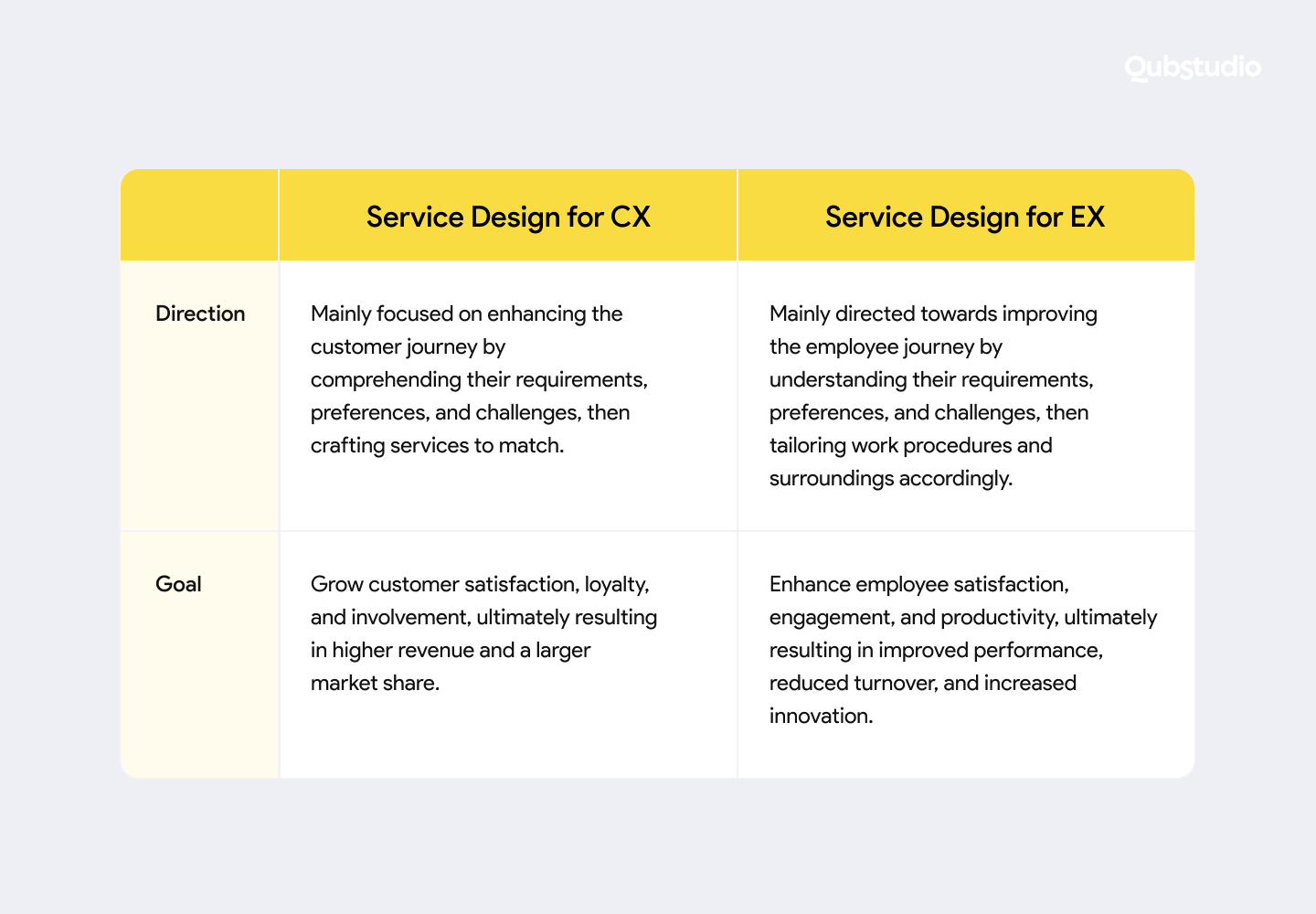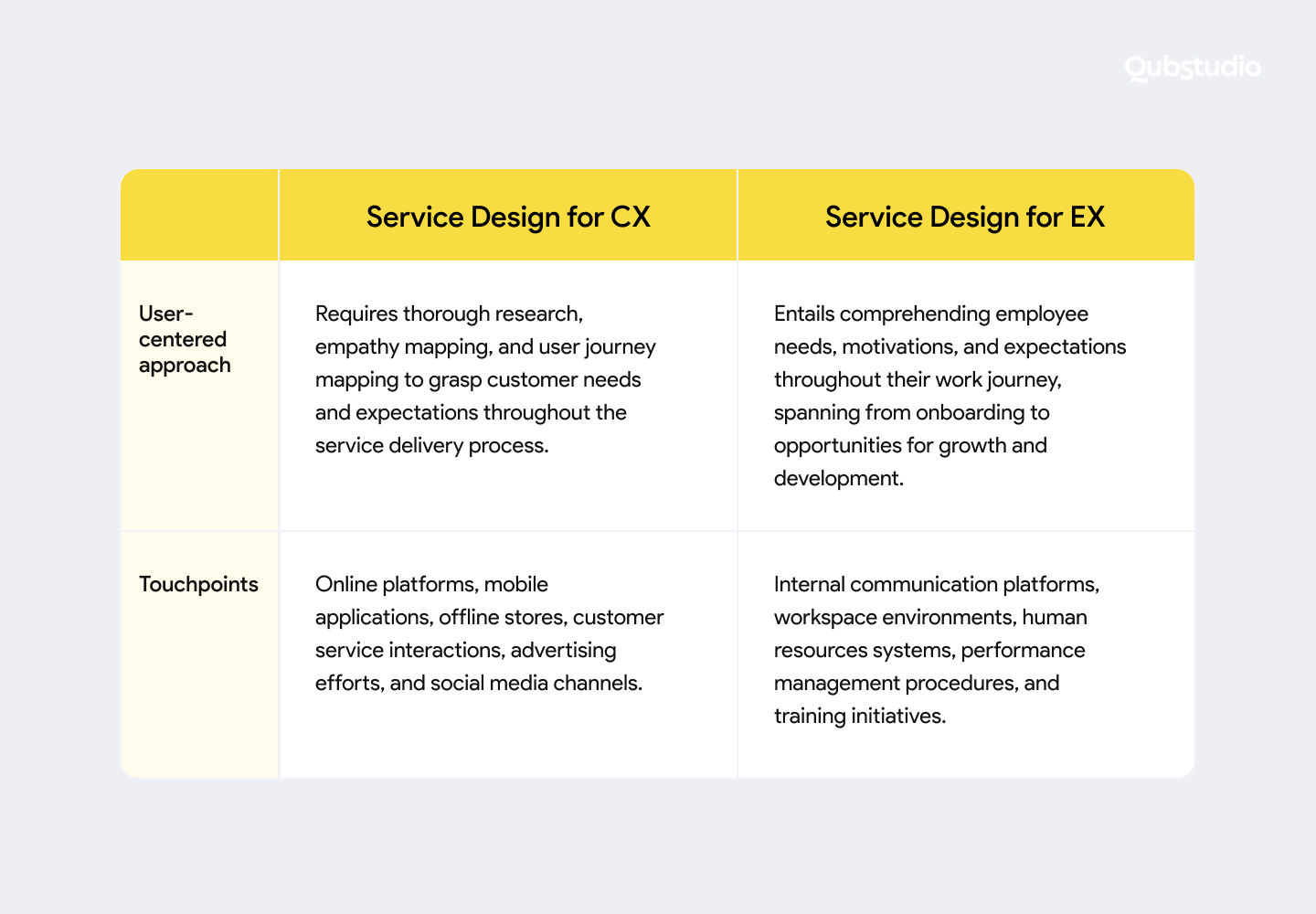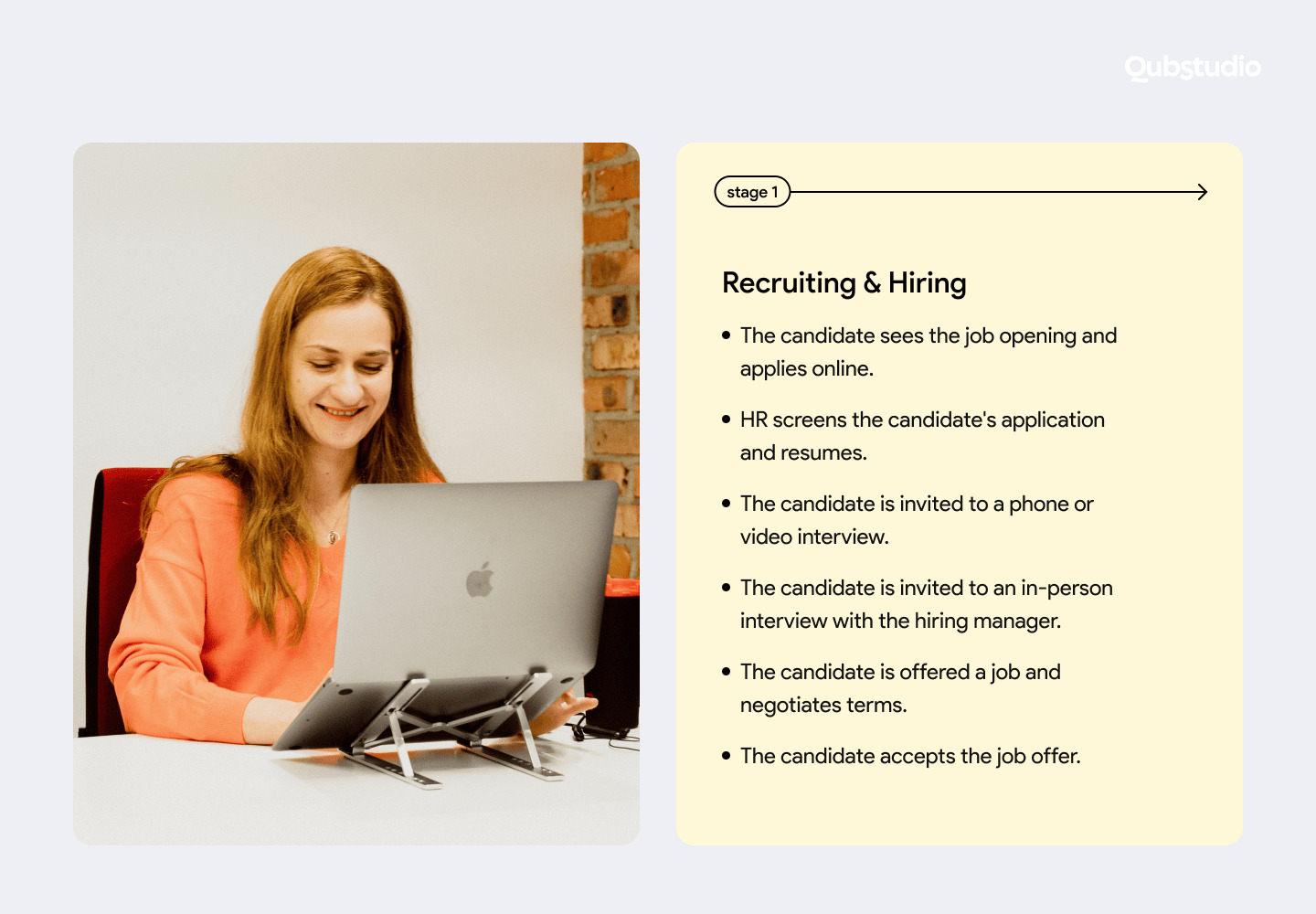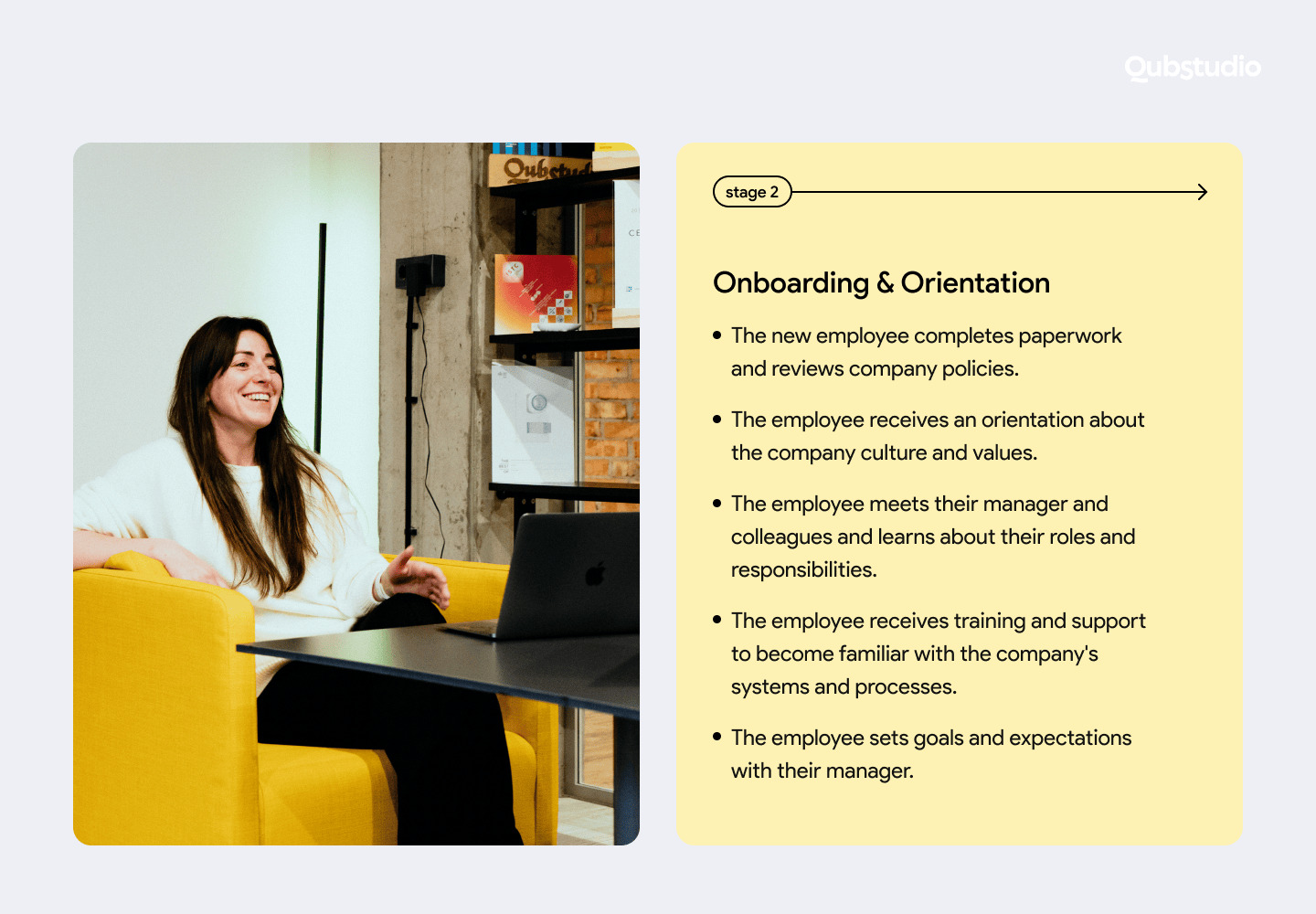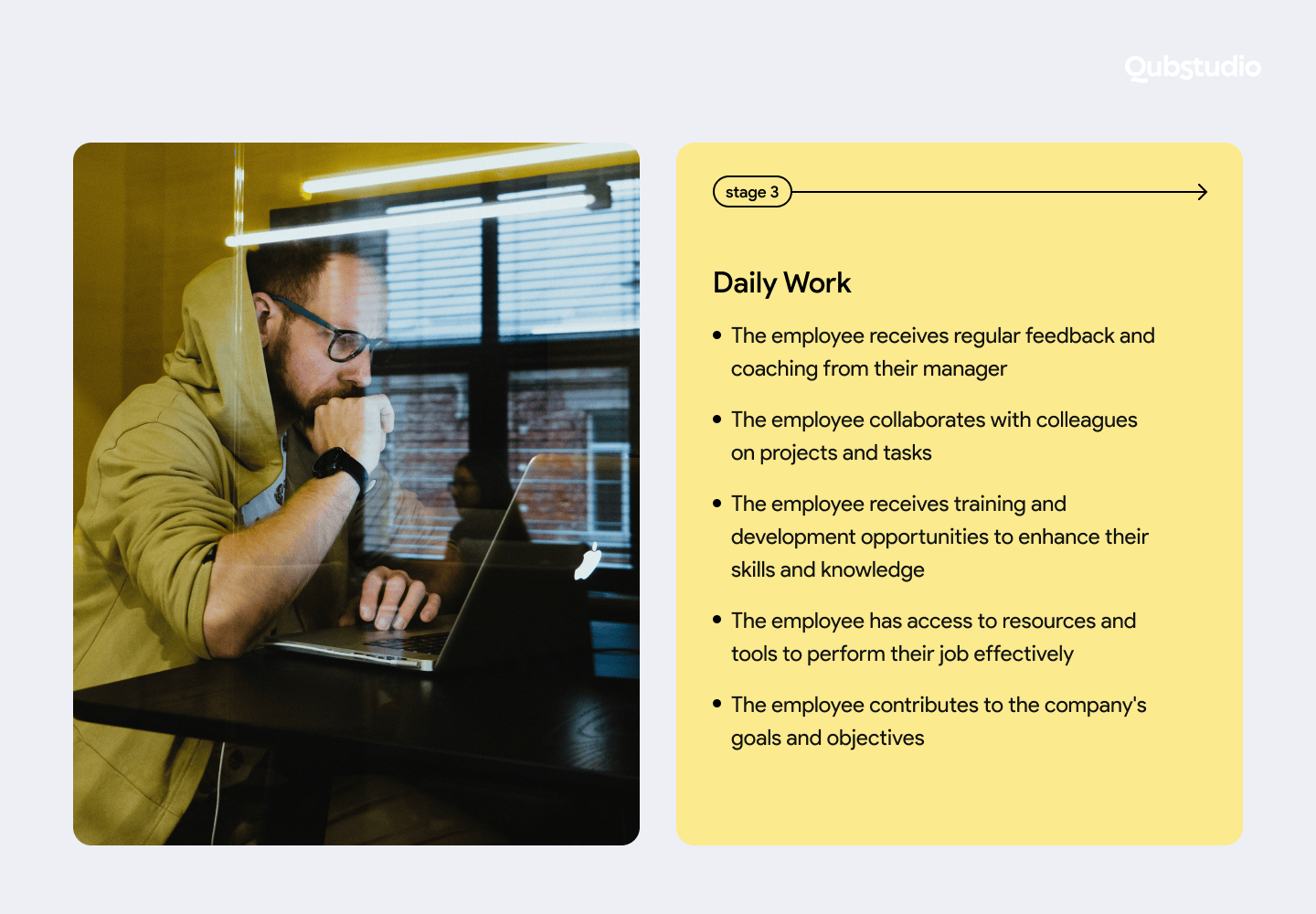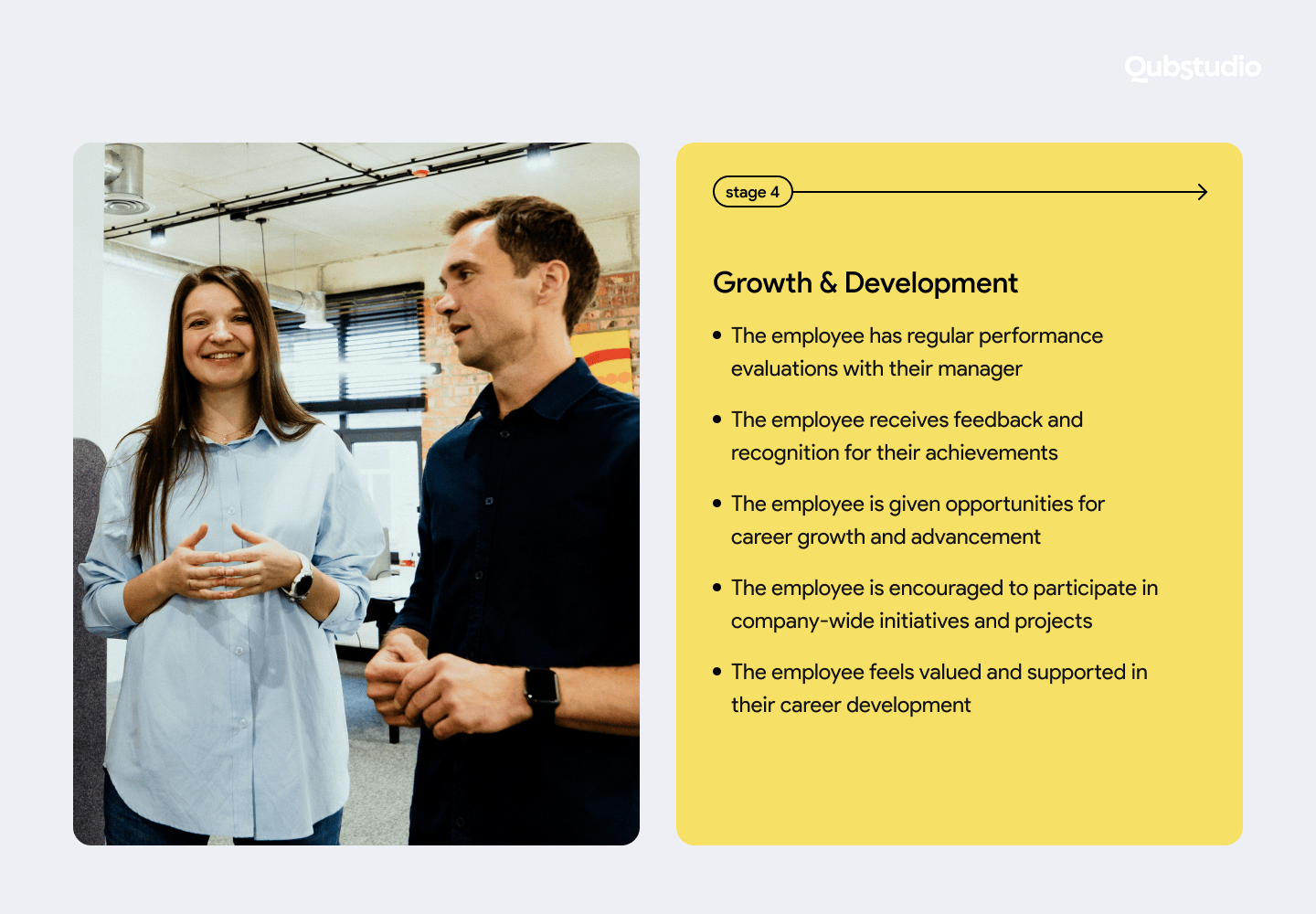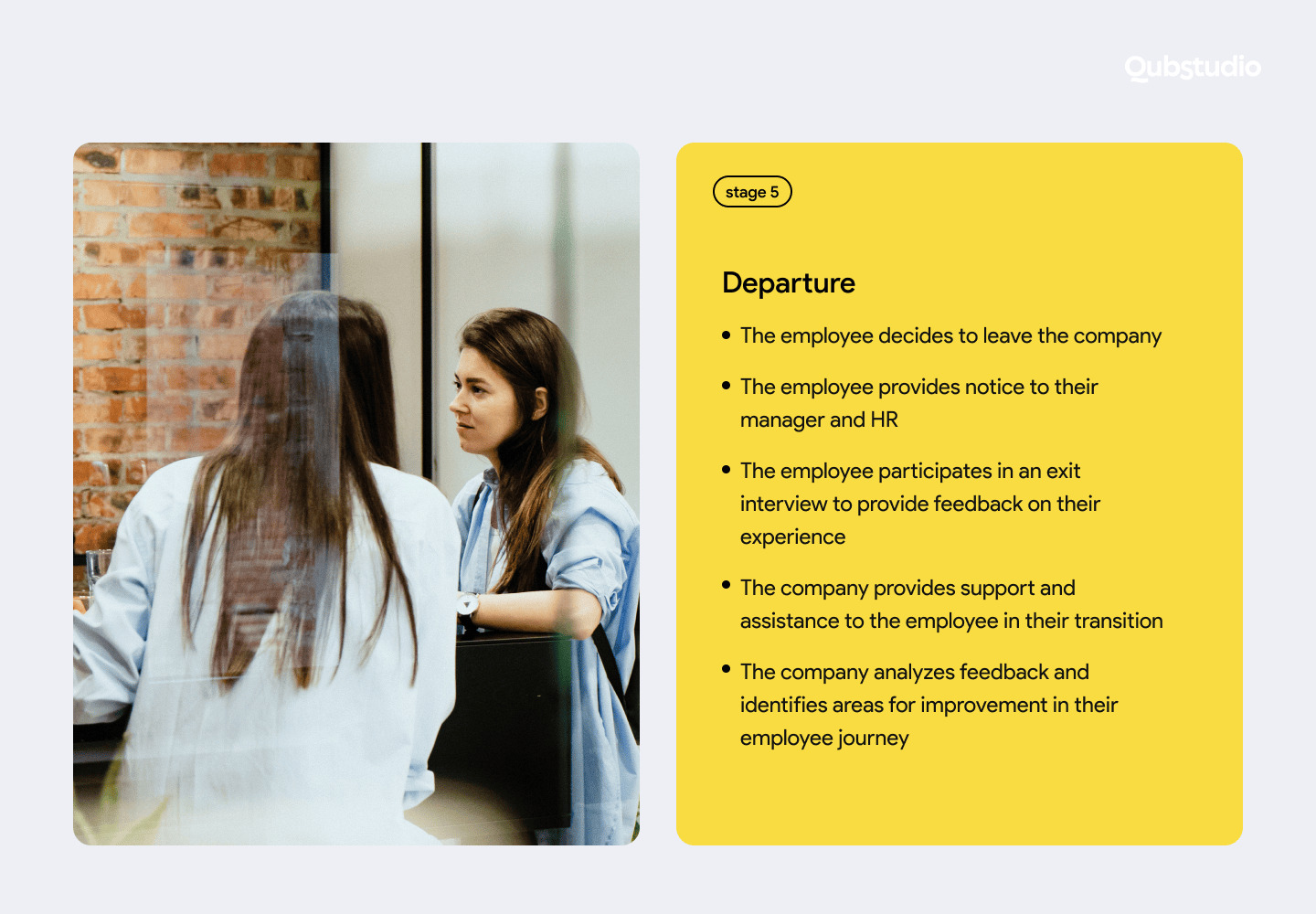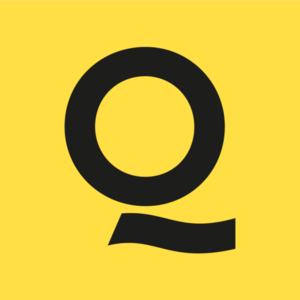Elevating Employee Experience: Strategies and Techniques with Service Design

- How To Design Organizations That Meet Employees’ Needs
- How Does Service Design Meet Organizational Development?
- How Does EX Design Differ From CX Design?
- Best Practices For Designing Holistic Employee Journeys
- The Role of Leadership in Employee Journeys
- Successful Implementation of Employee Journeys
- Conclusion
Employees (and thus employee experience design) play a pivotal role in the success of any organization.
While traditional business models have historically emphasized customer satisfaction and shareholder returns, contemporary perspectives recognize the importance of valuing employees as well.
Organizations positioned within the top 25% for employee experience, in contrast to those in the bottom 25%, exhibited the following disparities:
Financial performance:
- Triple the return on assets
- Twice the return on sales
Employee performance:
- 40% greater discretionary effort
- 26% higher work performance
- 23% lower intention to leave
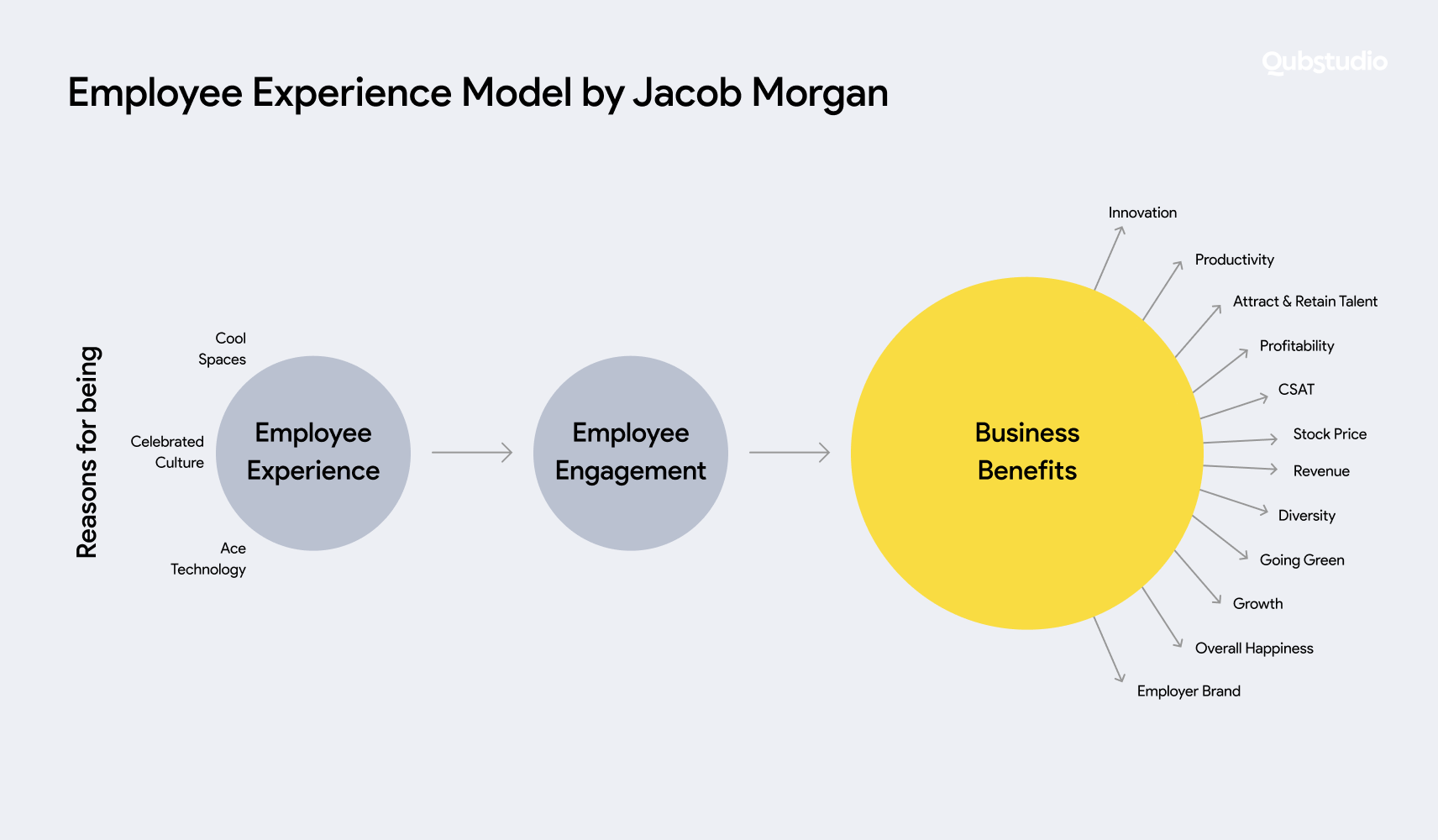
This article is based on the academic research of Service Design roles in EX, done by the employee experience designer and professor. However, I find it very insightful for practitioners like business people, service design professionals, and innovation managers.
Let’s explore the application of service design principles and methods to enhance the employee experience and the leadership’s role in facilitating the employee journey.
How To Design Organizations That Meet Employees’ Needs
According to Gallup, the Employee Experience is “The journey an employee takes with your organization. It includes all the interactions an employee has with your organization before, during, and after their tenure.”
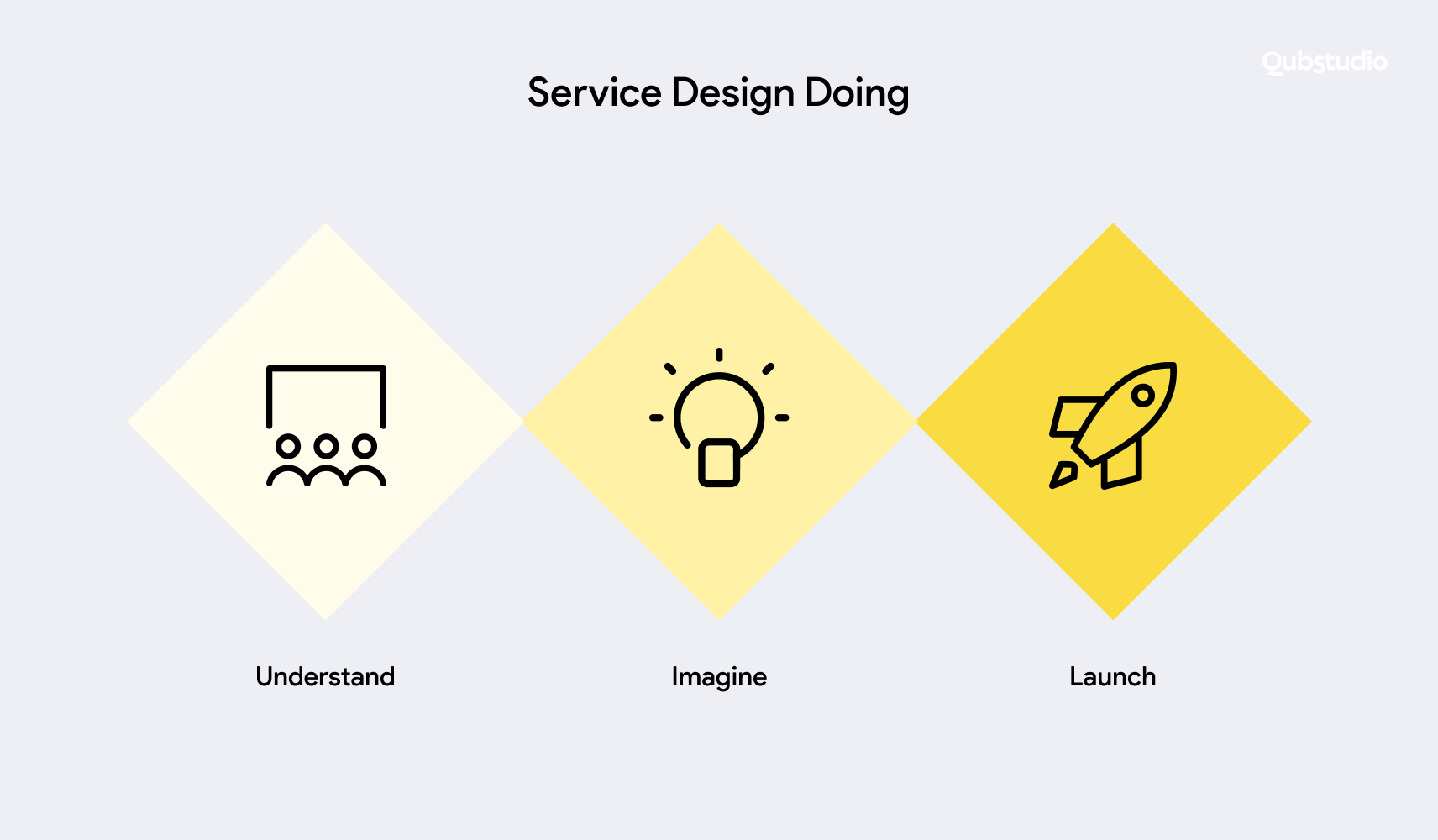
Enhancing Employee Experience (EX) and crafting an EX design involves identifying critical moments in an employee’s journey and transforming them into positive, fulfilling, and even joyful experiences.
This approach can attract top talent, inspire high performance, and cultivate strong loyalty. A thriving EX culture can also drive growth and provide competitive edges for companies.
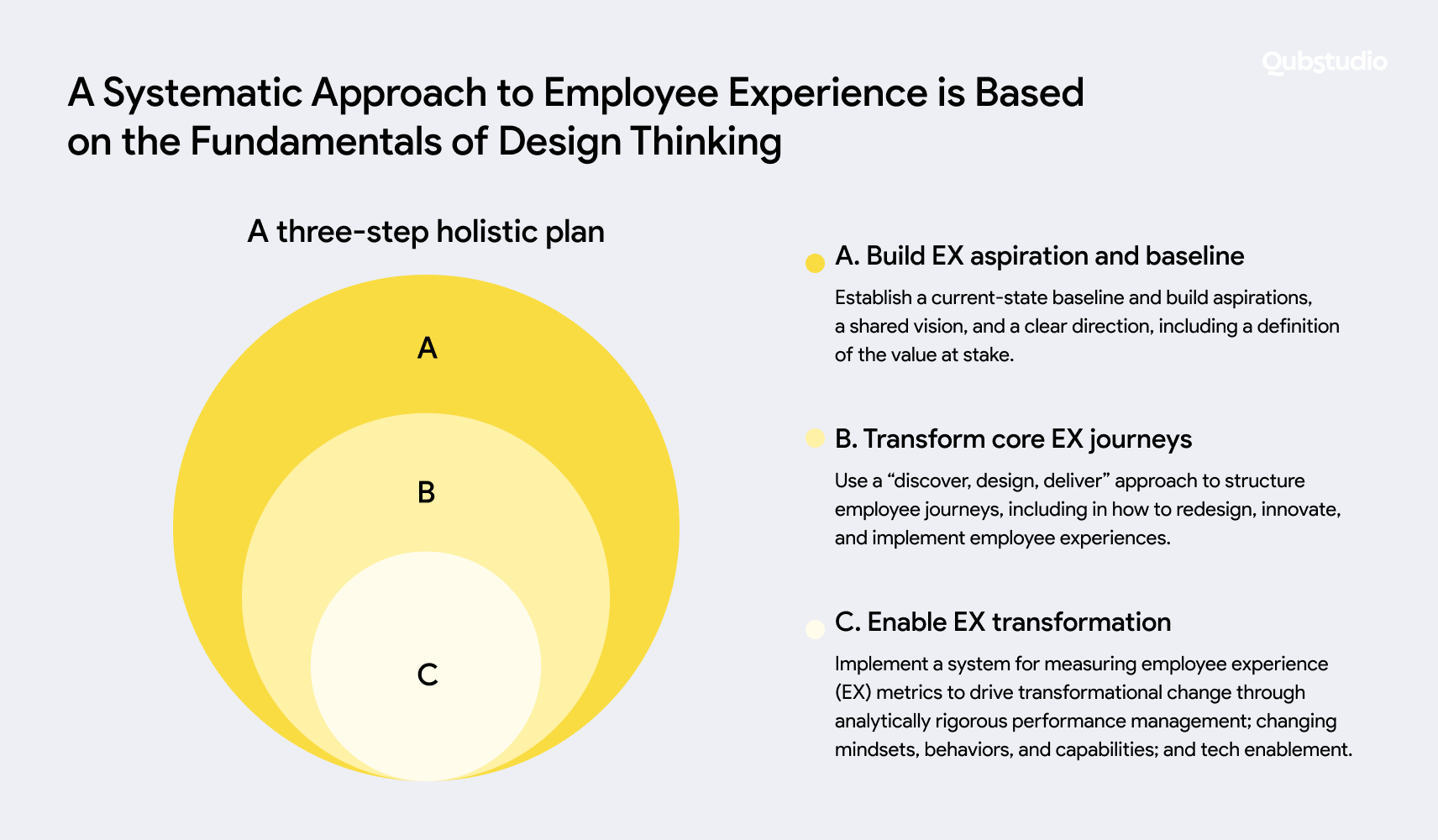
So, to create employee journeys that meet the needs of different stakeholders, it’s crucial to blend service design principles with organizational development strategies.
How Does Service Design Meet Organizational Development?
Service design focuses on crafting smooth, valuable experiences for service users by understanding their needs and expectations, while organizational development deals with the processes and structures that help organizations reach their goals.
By merging these two approaches, organizations can boost their employee experience design standards, and develop employee journeys that:
- Acknowledge diversity. Recognizing that not all employees are the same and working on the EX design that caters to their various needs, preferences, and expectations.
- Are goal-oriented. Aligning employee journeys with organizational objectives to ensure that employees are motivated and committed to achieving these goals.
- Are adaptable. Making sure that employee journeys can change and be adjustable as organizational needs and external factors shift, such as market conditions, technology advancements, or new regulations.
Now, let’s evaluate how the approach of designing a service for clients differs from creating an employee experience.
How Does Employee Experience Design Differ From Customer Experience Design?
Employee experience design focuses on crafting workplace environments and processes that enhance employee satisfaction and productivity, while customer experience design is centered around creating positive interactions and relationships between a company and its customers.
Let’s check it in more detail:
Employee journey design, polishing, and evolution play a crucial role in creating an exceptional EX experience. But, how to lay the foundation for a successful employee journey?
Let’s consider where to start and how to move towards excellence with EX journeys.
Best Practices For Designing Holistic Employee Journeys
Based on the research from SDN expert and employee experience designer, Ricardo Martins, there are seven most important approaches for creating employee journeys that boost engagement, productivity, and satisfaction.
- Encourage Teamwork and Innovation. Promote collaboration across departments and the sharing of ideas to improve how employees experience their work.
- Ensure Clear Communication. Keep employees informed about their journey within the organization, making sure they understand the company’s goals and feel supported in their professional development.
- Embrace Continuous Improvement. Regularly assess and refine employee experiences based on feedback, performance data, and changing needs.
- Involve Employees in Design. Engage employees in the process of creating their own experiences, valuing their input, feedback, and ideas for enhancement.
- Understand the Larger Picture. Map out the entire ecosystem, considering not just employees but also other stakeholders, to identify areas where changes can have the greatest impact.
- Visualize the Employee Journey. Develop a detailed map outlining all stages of the employee experience, highlighting key interactions and areas for improvement.
- Conduct Thorough Research. Gain insights into the needs, expectations, and preferences of employees and stakeholders through interviews, surveys, and observations, ensuring decisions are based on real data rather than assumptions.
These seven pillars are crucial for enhancing employee engagement, productivity, and satisfaction through journey design.
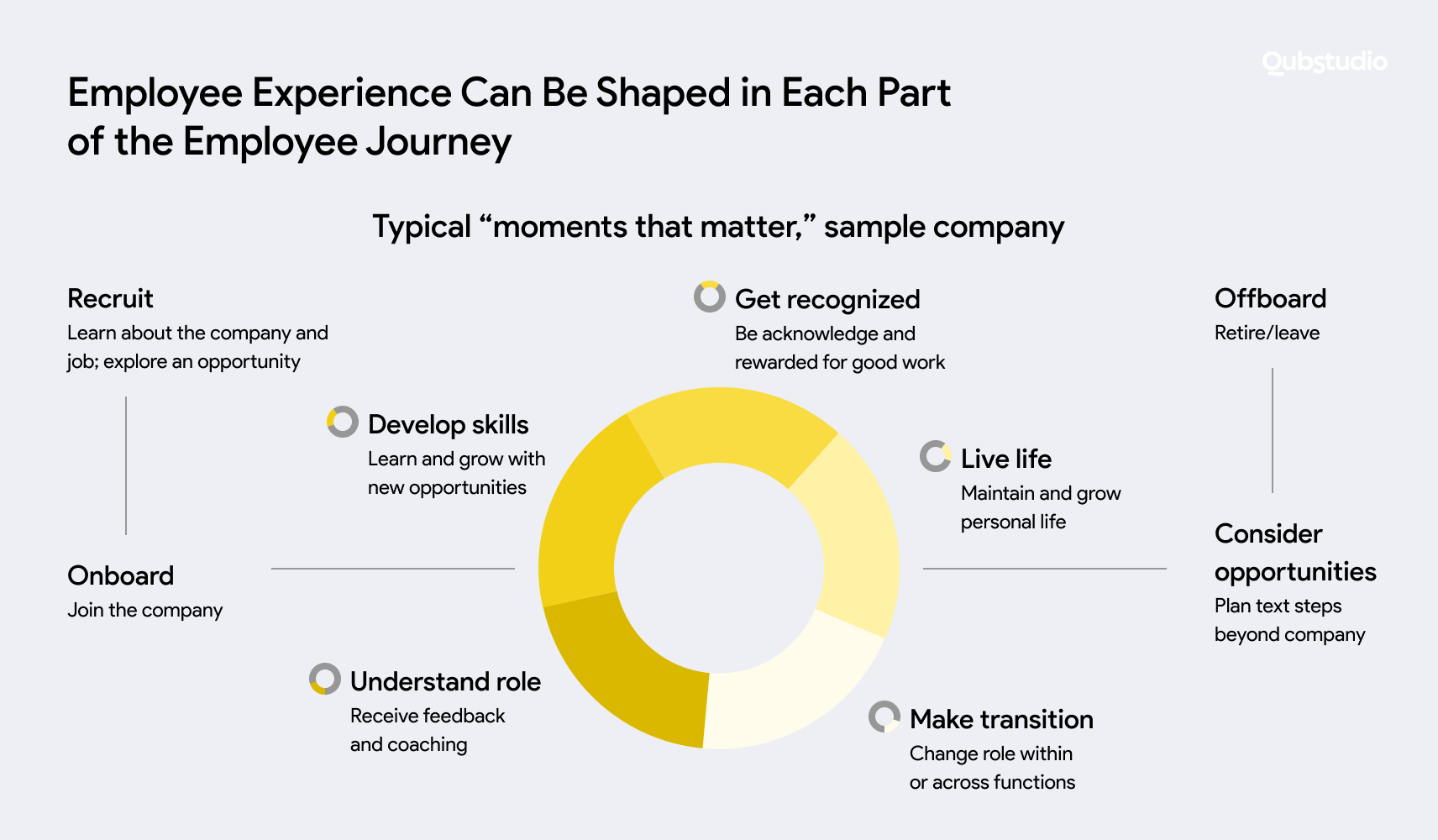
Here is a more detailed picture of the employee journey, starting from Day 1:

The Role of Leadership in Employee Journeys
Effective leaders need to possess the vision, skills, and dedication to bring about necessary changes within their organizations.
Brilliant EX design is made not by employee experience designers, but by the leaders. Leadership plays a critical role in crafting employee experience design, by executing comprehensive employee journeys.
And here is why:
Encouraging Adaptability and Agility
Leaders should promote a culture that embraces change and is willing to adjust strategies and approaches to meet evolving needs, expectations, and market conditions. They should also foster a team environment that is flexible and responsive.
Promoting Inclusivity and Empathy
Leaders must cultivate an environment of inclusivity where all employees feel valued and respected. They should demonstrate empathy by understanding and acknowledging the diverse needs and expectations of their workforce.
Taking a Strategic Approach
Leaders need to adopt a strategic mindset, considering the organization as a whole and understanding how different functions and processes intersect and impact each other. They should also anticipate future challenges and opportunities, adjusting employee journeys and thus holistic employee experience design accordingly.
Advocating for Employee Experience
Leaders must actively support the importance of employee journeys and advocate for the employee experience design and implementation. They should communicate the benefits of investing in employee experiences and EX design to other stakeholders and work towards securing the necessary resources and support.
Check out an example of an employee journey with touchpoints, starting with the first moment of communication.
Let’s move to the successful implementation of the EX strategies in real life.
Successful Implementation of Holistic Employee Journeys
Here are some examples of companies that have successfully implemented comprehensive employee journeys and great EX design which led to increased engagement, productivity, and satisfaction:
- Google: Known for its employee-centric approach, Google offers various perks like free meals, on-site gyms, and generous parental leave policies. They heavily invest in employee development, providing numerous training programs and resources to support career growth.
- Patagonia: Committed to creating a positive work environment, Patagonia prioritizes employee well-being and sustainability. They provide benefits such as on-site childcare, flexible work schedules, and opportunities for employees to engage in environmental activism.
- Salesforce: Salesforce utilizes a robust feedback system to consistently evaluate and enhance employee experiences. This proactive approach has resulted in high levels of employee satisfaction and retention.
And a word about how we in Qubstudio approach EX design culture and principles.
Employee Experience design (EX design) at Qubstudio is about a people-centric approach. We pay great attention to policies and procedures within the company, working on the employee life cycle so that most team members have the opportunity to progress.
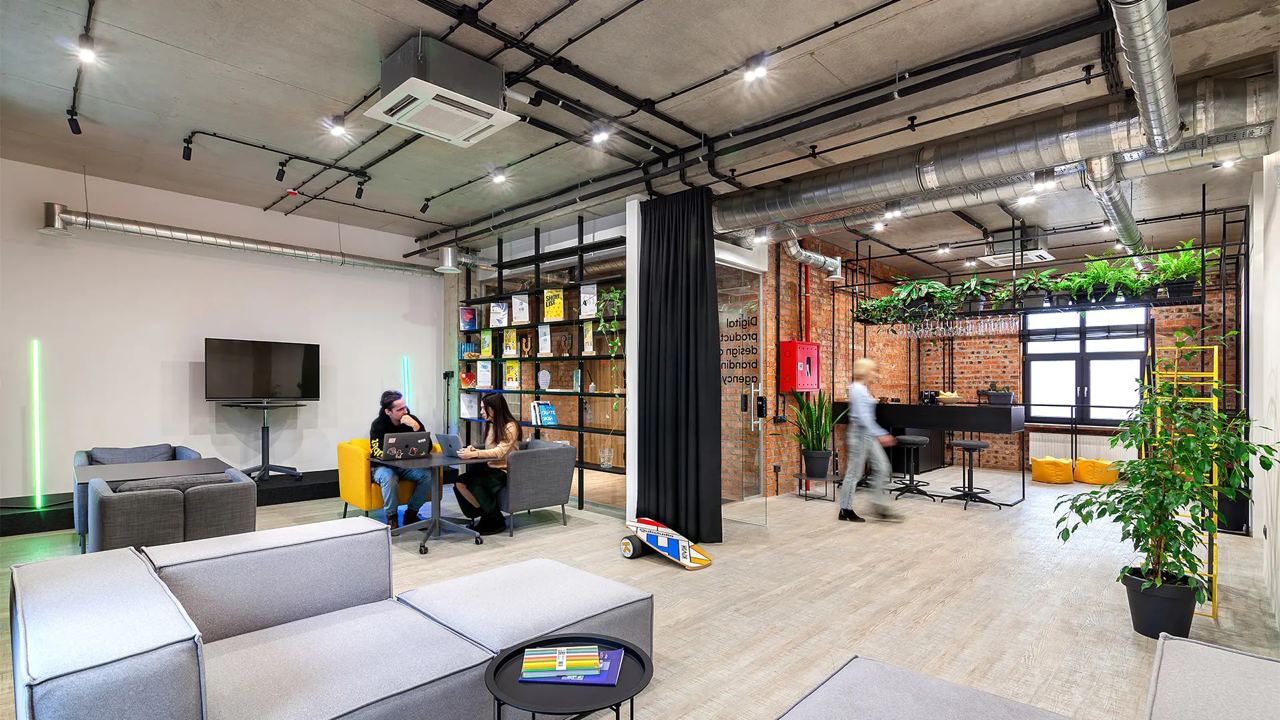
The average tenure of a worker in the company is 3.4 years compared to 2.3 years in the market. We place a strong emphasis on the values of the Qubstudio: create, care, grow. Our research shows that employees share company values, which allows us to rely on those while maintaining the EX design journeys.
Recognized as a prominent CX agency, we help clients to navigate the complexities of customer-centric strategies. In addition to our CX prowess, we excel in Employee Experience (EX) Design, ensuring that internal dynamics are as finely tuned as customer interactions.
Our focus on both CX and EX allows us to deliver comprehensive solutions that drive tangible results for our esteemed clients.

Conclusion
By adopting a systems thinking approach and integrating service design principles with organizational development strategies, organizations can shape holistic experiences that cater also to employees.
Prioritizing employees and EX design is essential and overdue. Organizations have the chance to go above and beyond for their workforce, benefiting not only employees but also shareholders and customers. How companies seize this opportunity may significantly influence their reputation as employers, both internally and externally, for years to come.
Ready to elevate your employee experience? Contact us today to create platforms, designs, and products that encompass every aspect of your employees’ journey.


